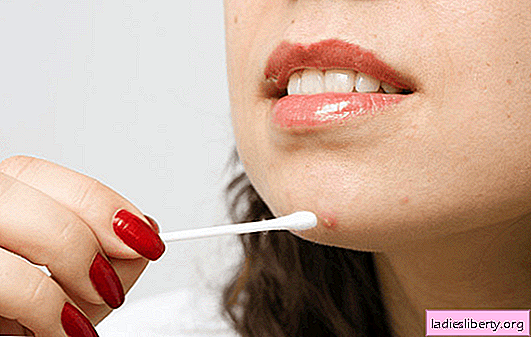
The amount of knowledge about the prevention of certain types of cancer has increased significantly in recent years. Currently, experts agree that a healthy lifestyle can significantly reduce the risk of cancer. There is no recipe for life without cancer: with simple measures you can only reduce the risk by 30-50%.
What should be done in order not to get cancer?
Cancer experts from all over Europe drafted the so-called “European Code of Prevention” in 1987. As simple as possible rules should give everyone the opportunity to minimize the risk of developing the disease.
To always include new scientific findings in recommendations, they are regularly reviewed.
The Codex currently contains 12 rules for the prevention and early detection of cancer:
- Do not smoke or use tobacco in any way.
- To live and work in a smokeless environment.
- Maintain a healthy body mass.
- Move daily.
- Eating is good and healthy: there are a lot of cereals, legumes, fruits and vegetables. Do not drink high-calorie, sugary drinks. Eat little processed meat, red meat and salty foods in your daily diet.
- Limit alcohol consumption.
- Protect your children and yourself from the sun.
- Protect yourself in the workplace from carcinogens.
- Maintain a low level of radon at home.
- For women: breastfeeding protects against breast cancer. Use moderate hormone replacement therapy for menopausal symptoms.
- Get vaccinated against human papillomavirus and hepatitis.
- Have cancer screenings regularly.
The most dangerous factor is smoking.
Cigarette smoke is a complex mixture of tobacco distillation and combustion products. It contains more than 4,000 different chemical components, of which at least 50 are carcinogenic.
Carcinogens damage the genetic material of cells. In smokers, the recovery system is largely limited. Therefore, the risk of malignant degeneration of a healthy cell is high.
It is estimated that 1/3 of all cancer cases of all cancer deaths are due to exposure to tobacco smoke. In developed countries, inhalation of tobacco smoke is the single most common cause of cancer deaths.
Smokers die from cancer twice as often as non-smokers.
Passive smokers are also at risk. Passive smoking is estimated to result in approximately 400 additional lung cancer deaths per year.
Cancer of the cardiovascular, pulmonary, gastrointestinal, nervous and endocrine systems is associated with smoking. However, smoking affects not only the risk of a disease, but also the course of cancer. In the case of advanced colorectal cancer, smoking increases the risk of death.
Less dangerous but important cancer risk factors: obesity and lack of exercise
Physical activity reduces the risk of cancer. A healthy body weight can also be maintained with plenty of exercise.
Physical activity stimulates the so-called "suppressor genes" of tumors that inhibit the growth of cancer cells. It is recommended to perform exercises regularly: it is better to train 3 times a week for 30 minutes than 1 time per week for 2 hours.
Endurance sports associated with high energy consumption are particularly effective. Training load should be adapted to physical abilities and, if in doubt, should be discussed with your doctor.
Cancer protection is enhanced with years of regular exercise. The effect has been proven for many types of cancer, including breast and colon cancer.
Studies have shown that physical activity has a positive effect on cancer progression and improves patients' quality of life. In patients with breast cancer, the frequency of recurrence of the disease has decreased. Patients with leukemia had the best indicators in all respects: mood, stamina, and strength.
Simple measures will reduce the risk by 30-50%, but they will not be able to completely prevent cancer. If cancer is suspected, it is recommended that you consult a doctor.











